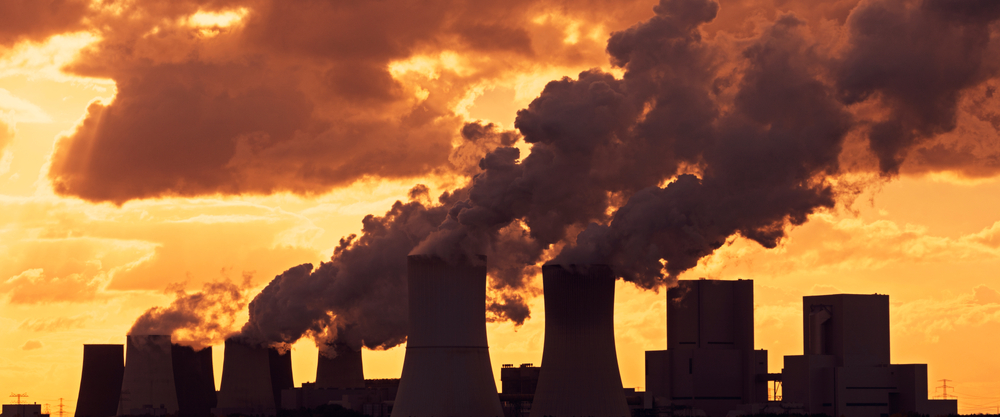One of the biggest problems our world faces is the continued growth of climate change, and this issue is a direct result of the greenhouse gas emissions our countries produce.
These gases create what is known as the “greenhouse effect,” and the lead culprit is the carbon dioxide released by the burning of fossil fuels.
While many countries have plans set in place to reduce their carbon footprint, others continue to put the world’s climate in jeopardy.
Check out this list of the thirty countries that produce the most greenhouse gas emissions, in order, based on megatons of carbon dioxide equivalent.
Table of Contents
The Countries That Produce The Most Greenhouse Gases
| Number | Country | Greenhouse Gas Emissions |
|---|---|---|
| 1 | China | 11,706 |
| 2 | United States | 5,794 |
| 3 | India | 3,347 |
| 4 | European Union | 3,333 |
| 5 | Russia | 1,992 |
| 6 | Indonesia | 1,704 |
| 7 | Brazil | 1,421 |
| 8 | Japan | 1,155 |
| 9 | Iran | 828 |
| 10 | Germany | 777 |
| 11 | Canada | 763 |
| 12 | Mexico | 695 |
| 13 | The Democratic Republic of the Congo | 682 |
| 14 | South Korea | 673 |
| 15 | Saudi Arabia | 638 |
| 16 | Australia | 619 |
| 17 | South Africa | 497 |
| 18 | Turkey | 474 |
| 19 | United Kingdom | 441 |
| 20 | Pakistan | 438 |
| 21 | Thailand | 431 |
| 22 | Argentina | 395 |
| 23 | Malaysia | 388 |
| 24 | Italy | 387 |
| 25 | Vietnam | 364 |
| 26 | France | 361 |
| 27 | Nigeria | 357 |
| 28 | Poland | 357 |
| 29 | Egypt | 329 |
| 30 | Spain | 313 |
1. China: 11,706
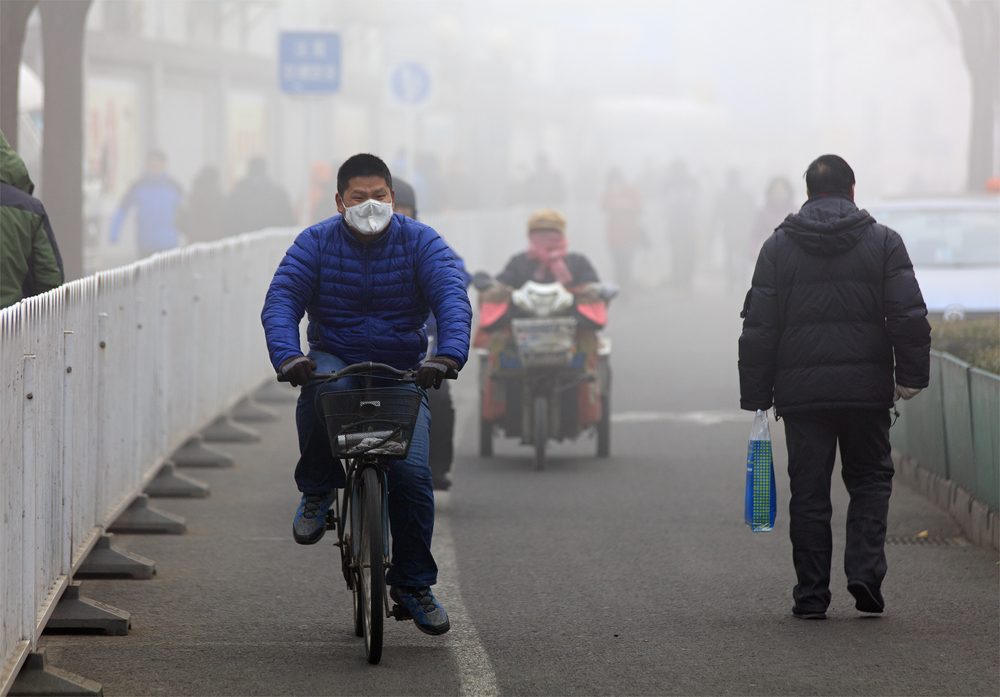
It is no surprise that the country with the most greenhouse gas emissions is China, but what may come as a shock is just how far in the lead they are. China currently has a product-based emissions rating of 11,706 which is more than double that of any other country.
A contributing factor is that China also has the largest population in the world, so it is argued that the emission rate per person is actually much lower than in some countries. But this doesn’t change the fact that it is responsible for more than a quarter of the world’s emissions.
2. United States: 5,794
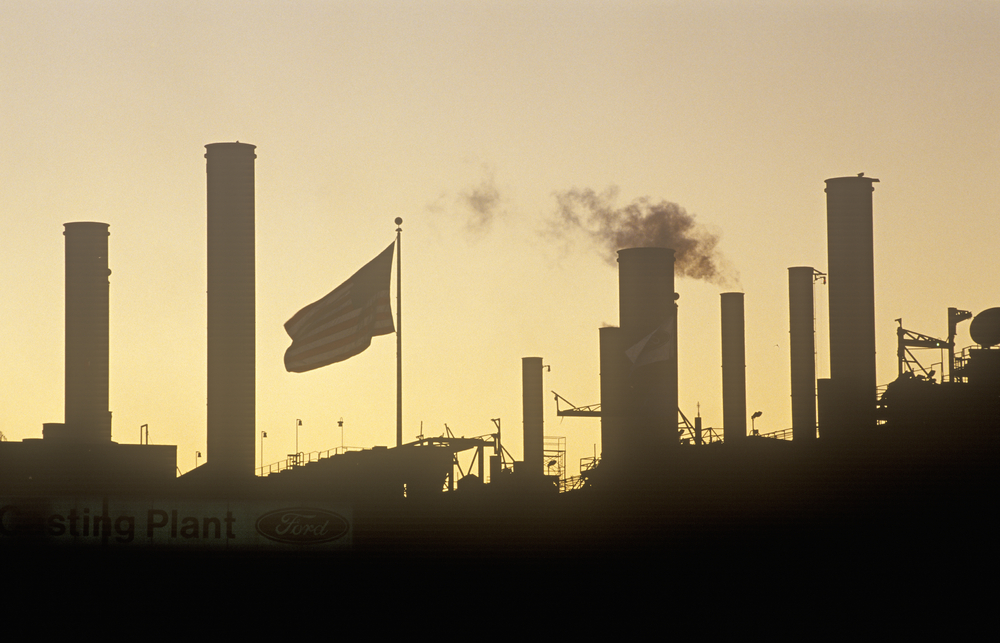
Although the United States sees a much lower rate in gas emissions compared to China, there is no denying the fact that it is the second most air-polluted country in the world. In fact, the country was responsible for the release of over six billion tons of carbon dioxide-related gases in 2019 alone.
And while the United States may not have the highest emission rate overall, its gas emission to person ratio is higher than anything ever seen before. Even though the country has been making efforts to reduce this number with the shutdown of certain industries, it still has a long road ahead.
3. India: 3,347
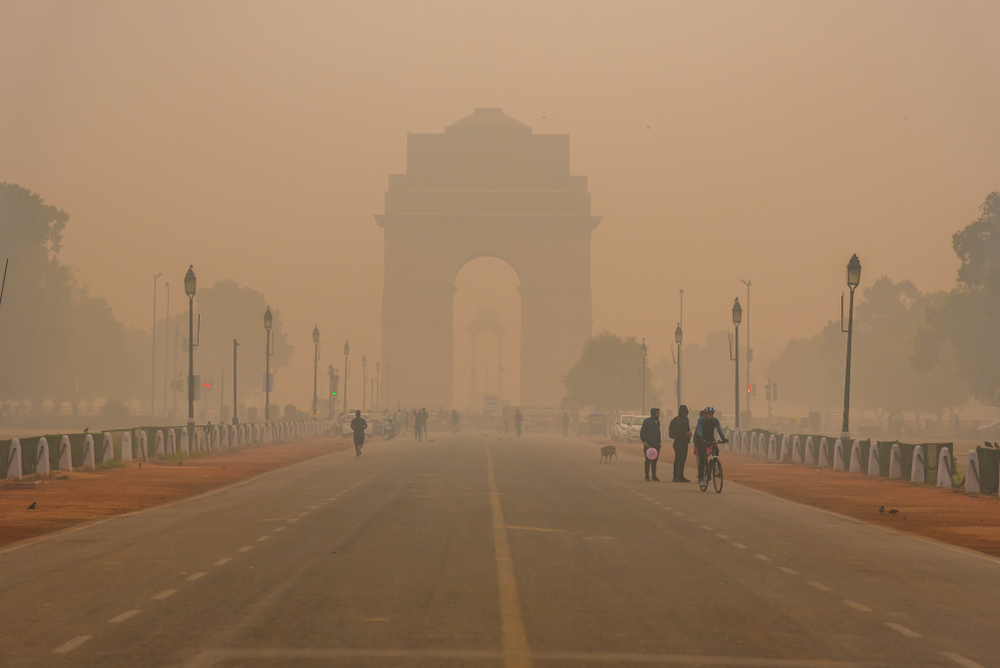
Global warming has taken a serious toll on India’s landscapes, and it may have something to do with the fact the country is one of the lead producers of greenhouse gases in the world. India is a prime example of why we need to fight to reduce emissions. With famous rivers like the Indus drying up, Himalayan glaciers melting, and rampant air pollution, it is clear that something needs to change.
And even though the country has a below-average rate of gas emissions per person, it is still responsible for nearly a tenth of the world’s emissions overall. This is an alarming rate when you consider the fact that India only makes up less than twenty percent of the world’s population to begin with.
4. European Union: 3,333

Although the twenty-seven countries that make up the European Union aren’t individually responsible for having such high gas emissions, the rates become catastrophic when grouped together. The justification for grouping these countries as such is based on the overall population and square miles.
In fact, when these countries are grouped together, they provide similar numbers for population and square mileage as some of the other leading countries with high emission rates. With that being said, the European Union as a whole is responsible for 3,333 product-based emissions, which are only 14 less than India.
5. Russia: 1,992
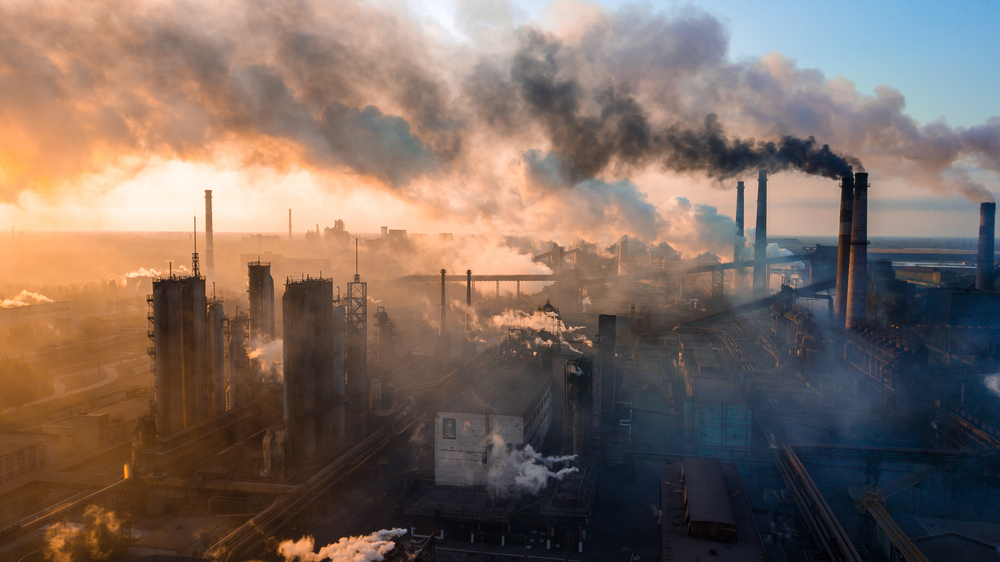
Russia has made many attempts to lower its gas emissions over the last twenty years, but it is still considered one of the countries that produce the most greenhouse gases in the world. This statistic is strongly impacted by the country’s continuous use of fossil fuels.
Even after the country successfully reduced its overall gas emissions by 30%, it is still contributing about 5% of the world’s total emissions with a production-based gas emission rating of 1,992. However, national plans have been submitted to the United Nations Framework Convention on Climate Change for another major reduction by 2030.
6. Indonesia: 1,704

Although Indonesia ranks as number six for countries that produce the most greenhouse gases in the world, the country is expected to move up on this list over time. This is because, regardless of efforts made to reduce emissions, Indonesia has seen more than a 300% increase in the last thirty years.
With that being said, the country has doubled its gas emissions with every passing decade. This is happening even with existing policies in place like The Green Bonds Issuance for renewable energy and the B30 plan to reduce fuel usage.
7. Brazil: 1,421
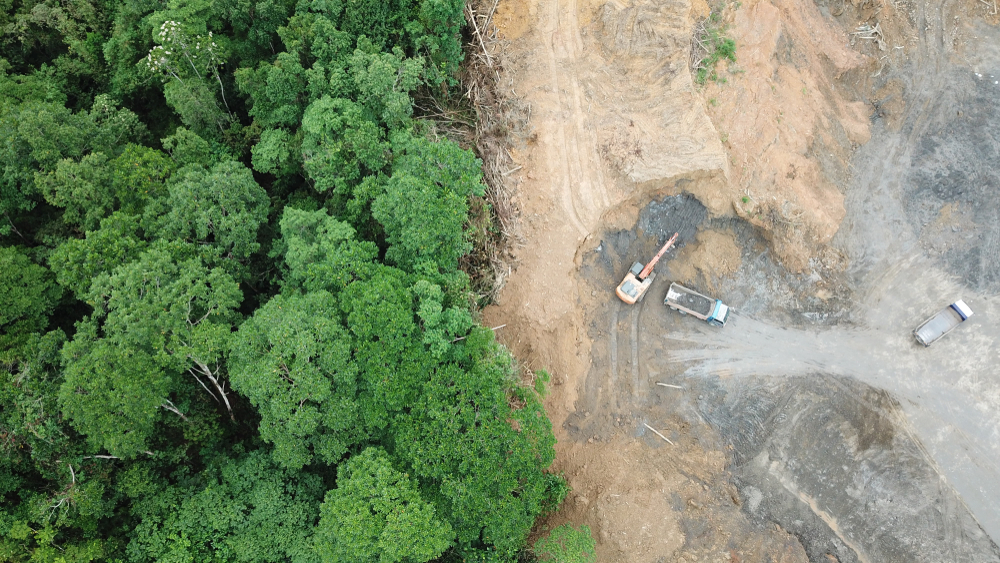
With a greenhouse gas emission rate that only continues to rise, it is clear that Brazil will remain on this list of countries that produce the most air pollution for quite some time. A 2016 statistic shows that the country had a production-based emission rating of 1,421 – and it has only grown over time.
Unfortunately, much of these greenhouse gas emissions are a result of the continuous deforestation that is happening under the advisement of the country’s current president. The president has made a plan to end this activity by 2030, but no efforts have been made to stop deforestation at this time.
8. Japan: 1,155

Japan has seen a steady drop in greenhouse gas emissions over the last seven years, but even still, it has remained one of the top countries that contribute to global warming. However, the national plan that set this decrease into motion expects to see a dramatic reduction by 2030.
Japan has been working to decrease its emissions after a nuclear accident at Fukushima forced the country to become highly dependent on fossil fuels. This event caused such a spike in greenhouse gas emissions that it landed the country on this list, and it will be working for quite some time to reverse the effects.
9. Iran: 828

Known for being one of the few countries that have not endorsed the Paris Agreement for climate change, it is clear that Iran has not been doing everything in its power to reduce its greenhouse gases. With that in mind, it comes as no surprise that the country is contributing 642,560,030 tons of greenhouse emissions.
One of the major issues Iran faces is its need to maintain oil companies for the country’s economic growth. These oil companies are the root of the problem in regard to Iran’s increasing emission rate but minimizing this threat could cost the country its prosperity.
10. Germany: 777
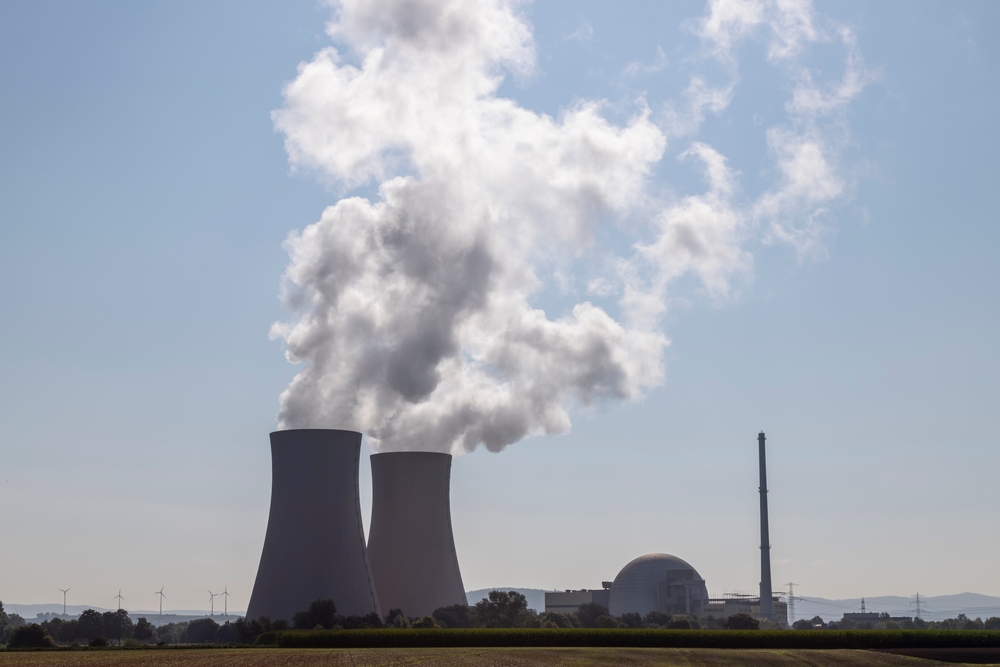
Although Germany is a part of the European Union, it is important to note the severity of the greenhouse gas emissions produced by the country alone. Germany has 828 production-based emissions, which are more than any other country in the union.
Germany had reached a point where it was producing even more greenhouse gas emissions than the shocking spike that occurred during the 1990s. Although the country was able to see a great reduction during the most recent pandemic, it is believed that things will take a turn for the worst as the economy attempts to bounce back.
11. Canada: 763
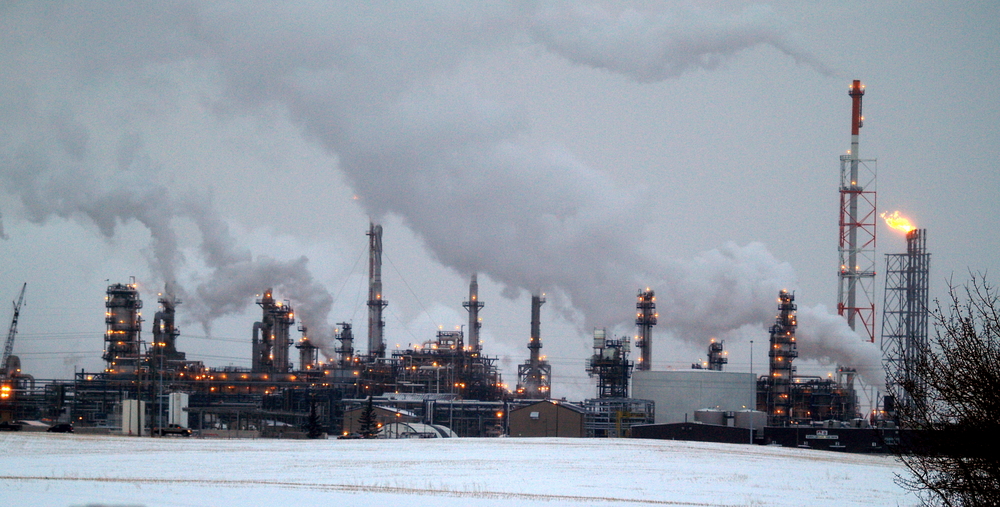
The fact that the country declared a national climate emergency in 2019 is evidence enough that Canada is responsible for a striking portion of the world’s greenhouse gas emissions. Over the decades, the country has been faced with clear signs of climate change as a result of it.
With extreme weather and an increase in temperatures becoming the norm, the country has begun to correct its mistakes with the help of the Paris Agreement. With the current plan in motion, Canada expects to see a reduction of 30%.
12. Mexico: 695
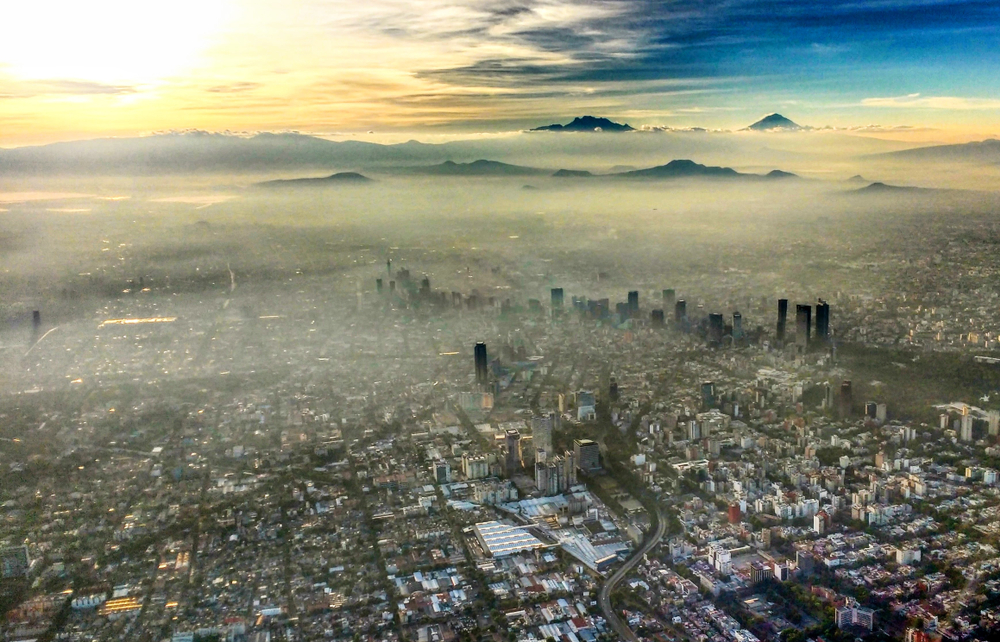
Although Mexico is only contributing about one percent of the world’s greenhouse gas admissions, it is still a drastic statistic considering the square mileage and population of the country. More than eight hundred million tons of carbon dioxide were recorded by the country in 2020 alone.
Of this striking number, about one-fourth of these emissions are caused by the country’s forms of transportation. And even though a General Law on Climate Change was established in 2012, no efforts have been made to reduce this number.
13. The Democratic Republic of the Congo: 682

Even though The Democratic Republic of the Congo hasn’t seen a drastic increase in greenhouse gas emissions over the last twenty years, it is still considered one of the lead contributors to climate change. This is even more alarming than some other countries for the fact that it has been producing the same dangerous amount of emissions for quite some time.
The major reason why the Democratic Republic of the Congo has seen such a consistent release in emissions is land use. The country has proactively repurposed forests for the building of communities and the deforestation that continues to occur is catastrophic for the environment.
14. South Korea: 673

With a motto of “Green Growth”, it may come as a surprise that South Korea is one of the lead contributors to greenhouse gas emissions. But unfortunately, there is no way for a country to experience such extensive economic growth without leaving some sort of carbon footprint.
While the country has made efforts to create a society with a focus on reusable energy, its continued growth has made it impossible for reusables to keep up. Because of this, South Korea is responsible for 604,043,830 tons of carbon emissions.
15. Saudi Arabia: 638

Known for being one of the world’s largest producers of oil, it is no wonder that Saudi Arabia is one of the countries that produce the most greenhouse gases in the world. The country reached a peak in emissions in 2016 when production-based emissions reached 638.
However, Saudi Arabia has developed a national plan that will reduce their emissions to a net zero by the time they reach 2060. While this is great in theory, no efforts have been made to steer the country away from its dependence on fossil fuels.
16. Australia: 619
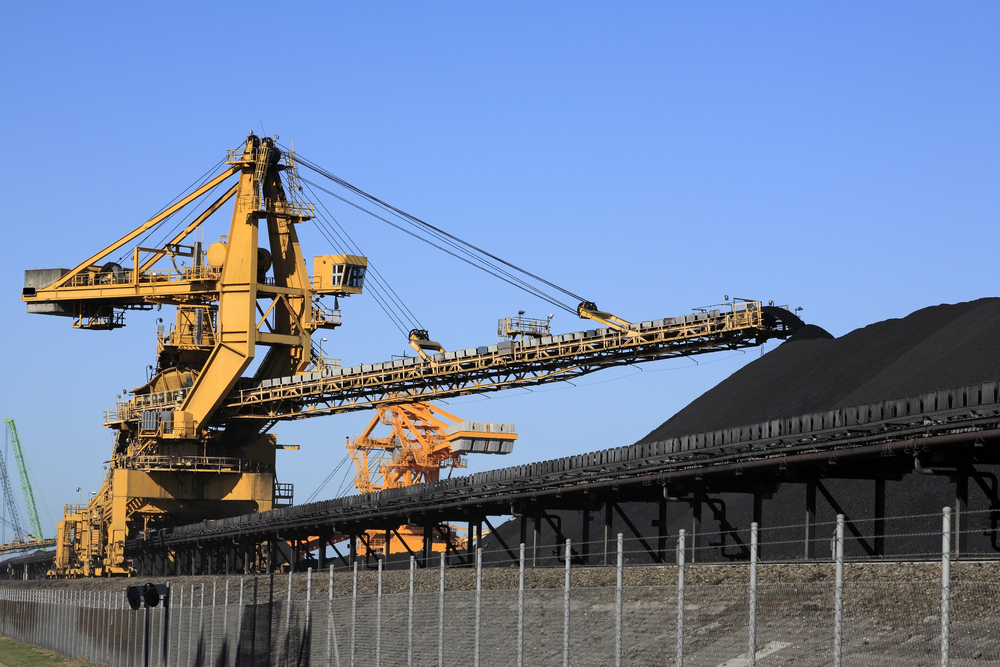
With many reusable energy projects being set into motion, it is believed that Australia will no longer be considered a lead contributor to climate change by 2040. The two main factors that were causing such high emissions were the country’s focus on coal-based energy and the continued growth of transportation.
While the reduction in transportation emissions is in part due to the downfalls caused by the pandemic, the country is aiming to maintain these low numbers. Australia also has a national plan set up to diminish all coal-powered plants by the end of 2048.
17. South Africa: 497
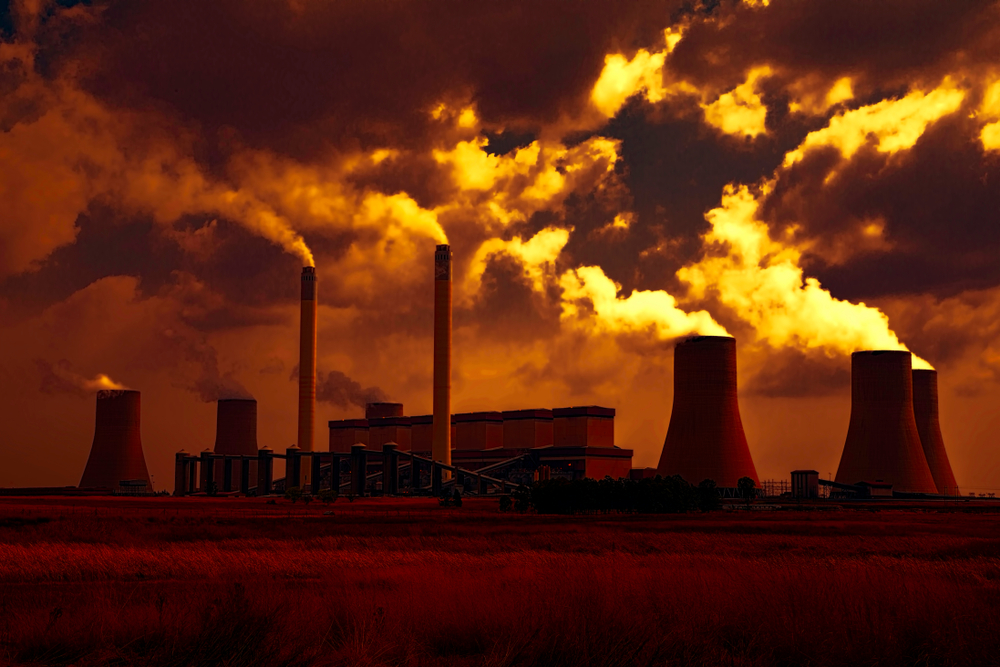
Known for being one of the lead contributors to greenhouse gas emissions on the continent, South Africa is currently fighting to reverse its mistakes – but it has a long way to go. The country has set forth an aggressive plan to cut emissions in half by 2030.
But South Africa is off to a rough start as emission rates saw an increase of 10% this year as the country tries to bounce back from the economic losses of the pandemic.
18. Turkey: 474

Turkey may be one of the most agriculture-focused countries in the world, but it is also the reason that the country has become one of the lead producers of greenhouse gas emissions. In fact, the cows in Turkey are what make up more than half of the country’s overwhelming emissions.
Aside from the high level of methane produced by livestock, the country is also responsible for high levels of carbon dioxide from its coal-fueled power plants. Turkey’s stance on reforestation has allowed for a good portion of its emissions to be reabsorbed but it is not enough to counteract the effects.
19. United Kingdom: 441
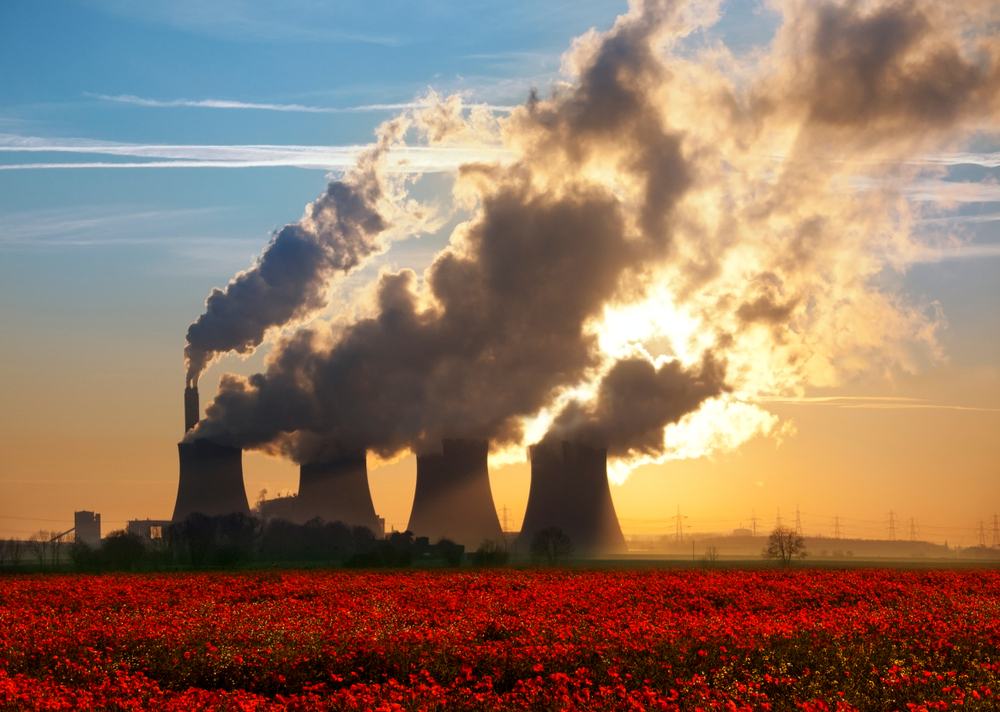
Even with the shutdown of most coal-fired power plants in 2010, the United Kingdom is still one of the leading contributors to greenhouse gas emissions around the globe. However, plans have been set into motion to bring the country to a net-zero by 2050.
Currently, the United Kingdom is responsible for about three percent of the emissions we see worldwide regardless of its recent efforts. This breaks down to more than seven tons per person which is still far above the world average.
20. Pakistan: 438
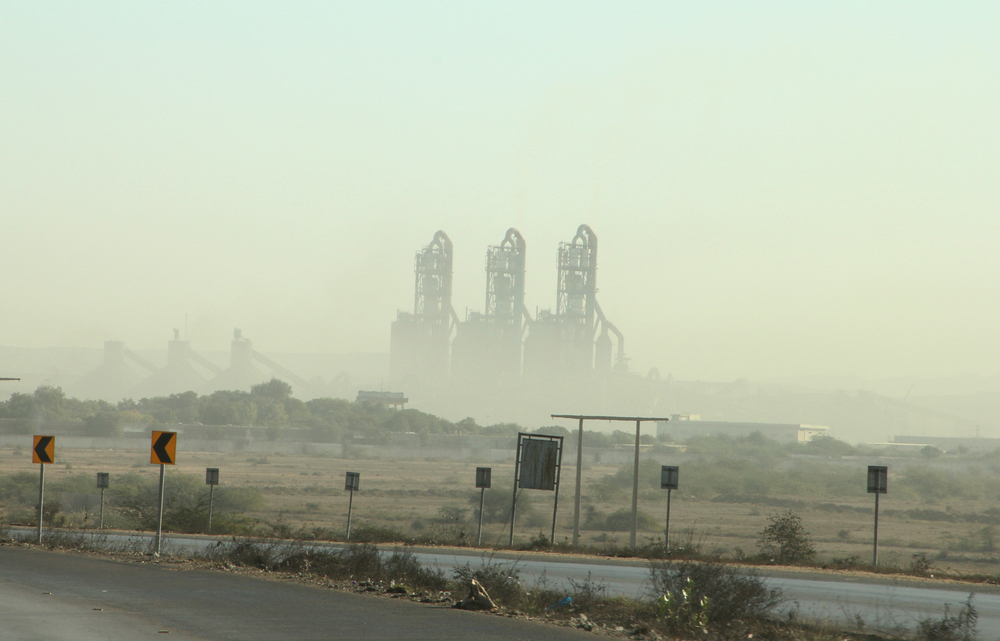
With the continued growth of urbanization in the country, it is no wonder that Pakistan is seeing a rise in greenhouse gas emissions with each passing year. In fact, about half of the country’s current emission outtake is a result of energy production with the other half resulting from agriculture.
This is striking when we consider the fact that the country is averaging more than two hundred million tons of carbon emissions each year. Pakistan plans to combat this issue with the introduction of renewable energy and more advanced water systems for agricultural purposes.
21. Thailand: 431

Regardless of the environmental plans put into place, Thailand has still seen a significant increase in greenhouse gas emissions over the last ten years. As of right now, the country still depends heavily on fossil fuels and its lead contributor to emissions is energy production.
As a matter of fact, more than seventy percent of the country’s greenhouse gas emissions come from energy plants and transportation. More progressive approaches need to be made with the Thailand Voluntary Emission Reduction Program and the Thailand Carbon Offsetting Program to spark real change.
22. Argentina: 395

Known for being a country with one of the highest greenhouse gas emission rates in Latin America, Argentina struggles with ways to reduce its numbers by 2030. As of right now, nearly fifty percent of the country’s emissions stem from its use of energy.
The argument at hand is that Argentina’s heavy use of energy is a result of the country attempting to create more suitable living conditions for its residents, but its use of fossil fuels outweighs the good. Luckily, the president recently put a plan in order to shift at least a fourth of these fossil fuels into renewable energy.
23. Malaysia: 388

Malaysia is working to reduce its carbon footprint but has faced many challenges along the way as a developing country. Malaysia suffers from a very high poverty rate, and its rapidly increasing population makes it that much harder to reduce emissions.
The country is currently weighing in at more than two hundred fifty million tons of greenhouse gas emissions but has made it its mission to reduce this number by at least 40% by 2030. Plans like the limiting of private vehicles and the introduction of “green’ technology have already been put into place.
24. Italy: 387

Known for being the second-largest contributor of greenhouse gas emissions in the European Union, Italy was responsible for the release of more than two hundred eighty tons in 2020. While the country has seen a large reduction this past year because of the pandemic, it is believed that numbers will soon spike again.
However, national plans have been set into motion to ensure that this doesn’t happen. A focus on public transportation aims to reduce transportation-based emissions and a shift to solar energy works to reduce the need for fossil fuels.
25. Vietnam: 364

Although Vietnam is not one of the largest contributors to greenhouse gas emissions in the world, it is one of the countries with the highest yearly increase rate. In a ten-year period, the country’s emissions rose nearly one thousand percent which means it is rapidly doubling with each passing year.
As of right now, more than sixty percent of Vietnam’s emissions come from its use of fossil fuels, with the second-highest being agriculture at twenty percent. Various environmental plans have been set into motion, but there is no clear data as to whether or not it is working.
26. France: 361
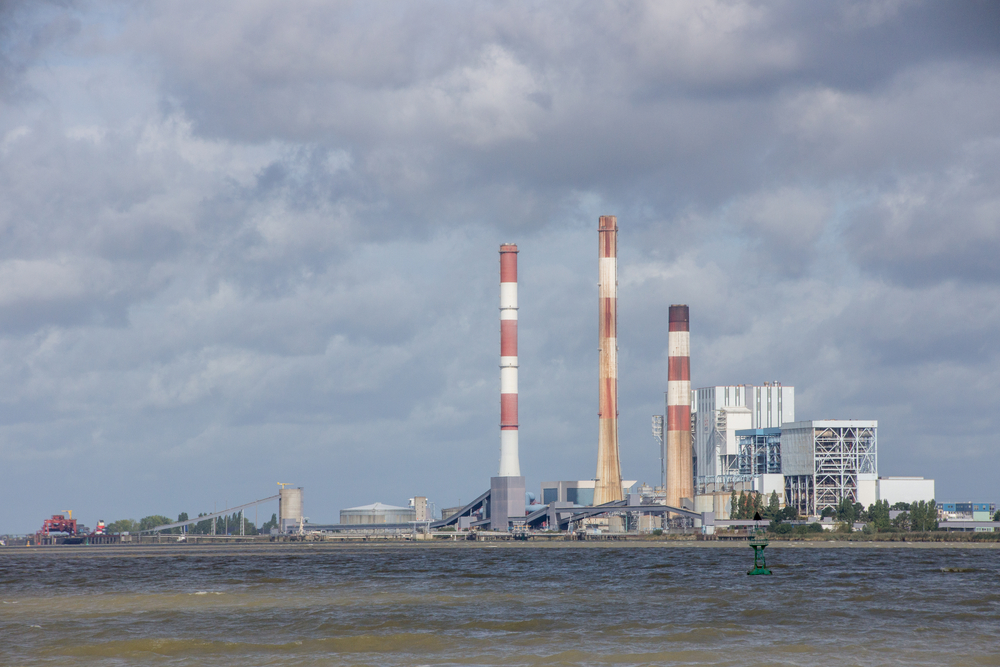
France may have seen a nearly twenty percent reduction of emissions from its 1990s spike, but it still has a long way to go before it is no longer considered a lead contributor to climate change. The country currently has more than one hundred policies put into place to combat emissions.
However, a recently signed law is believed to be the push the country needs to reach carbon neutrality by 2050. This law will eliminate the need for coal power plants while also working towards energy efficiency.
27. Nigeria: 357

Nigeria is currently one of the lead contributors to greenhouse gas emissions in Africa, and it is only growing with each passing year. Currently, the country is responsible for nearly five hundred tons of carbon emissions alone and its methane-based emissions aren’t far behind.
Nigeria’s government has made a lot of promises throughout the years to reduce these numbers, but no action has ever come from their words. A most recent proposal was designed to provide solar power to millions of the country’s residents, but only time will tell if this plan will be set into action.
28. Poland: 357
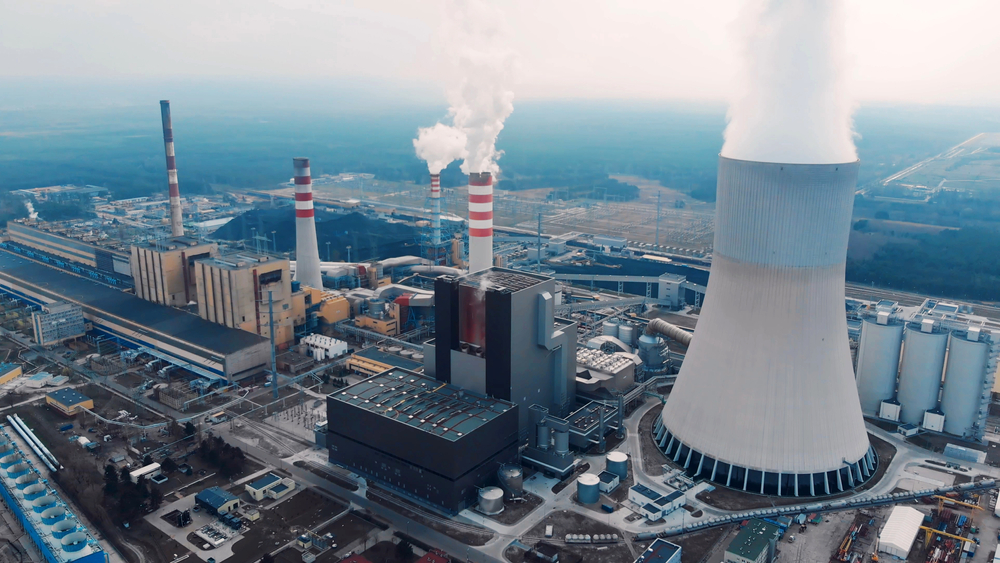
Poland is successfully reducing its carbon intensity with each passing year, but it still has a long way to go to reach its net-zero goal by 2050. While current emissions stem from various sectors (heat, transportation, power, agriculture, etc.), they all have one thing in common – the use of coal.
With that in mind, the country’s current challenge is to find a way to eliminate coal as a necessity across all sectors. The major issue at hand is shifting the country’s dependence on fossil fuels to renewable energy during a time when the need for energy is expected to rise.
29. Egypt: 329

While the fact that a majority of Egypt’s greenhouse gas emissions come from energy alone can be disheartening, it also makes finding a solution that much easier. Instead of having to combat emissions in various sectors, the country can focus all of its energy on the shift to renewable energy.
The good news is that the World Bank recently approved a two-hundred-million-dollar project that would help Egypt do just this. The foundation for these plans was established in 2020, so there isn’t data available yet to confirm its success.
30. Spain: 313
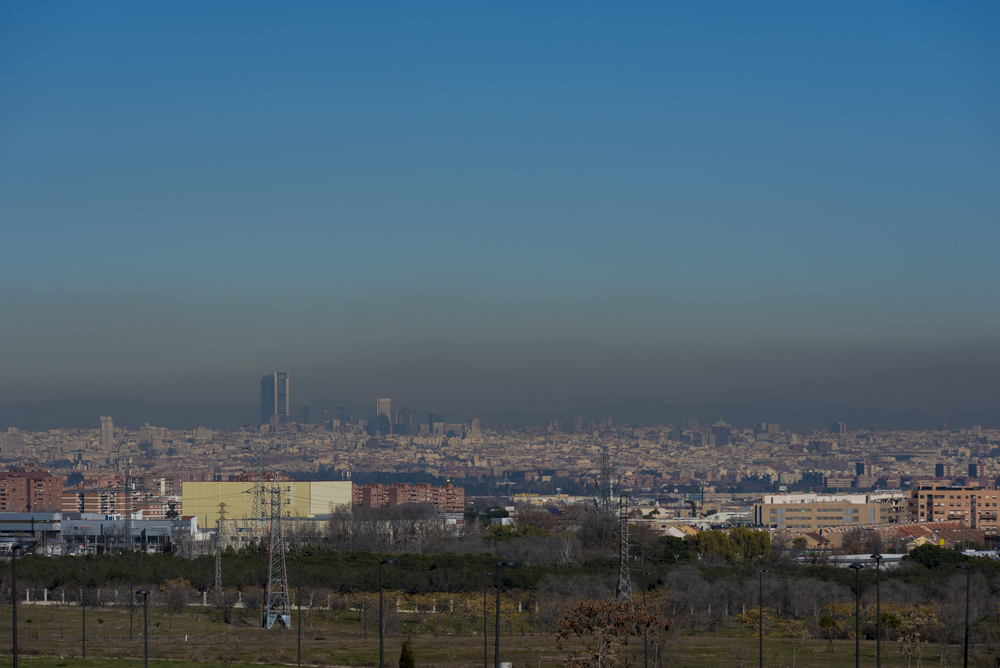
Spain has finally been able to drop its greenhouse gas emissions after the 1990s spike sent numbers soaring, but it still has a long battle ahead if it hopes to erase its carbon footprint. The fact of the matter is that the country has high emissions in various sectors making it hard to create a plan for reduction.
The country is currently responsible for nearly three hundred million tons of gas emissions which breaks down to more than five tons per citizen. At the moment, these emissions are almost equally spread amongst transportation, power industries, and heating.

